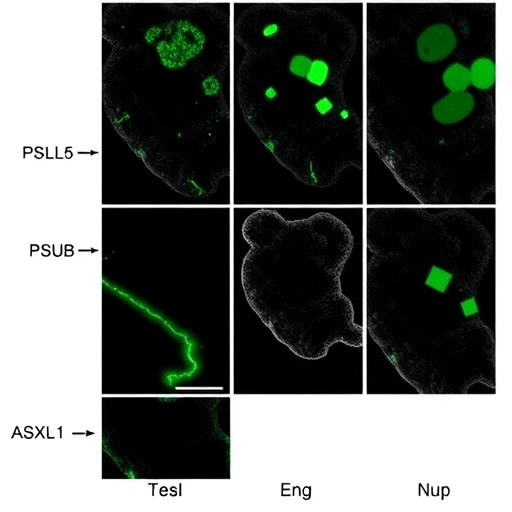To determine which antibiotics reliably treat which bacterial infections, diagnostic laboratories that focus on clinical microbiology test pathogens isolated from patients. As multidrug-resistant organisms continue to emerge, these tests – called antibiotic susceptibility assays – are increasingly critical. Clinicians depend on reliable results when choosing the right drug to treat patients.
A recent study revealed that one aspect of these tests may fall short and not be stringent enough.
To obtain consistently reliable results, researchers conducting antibiotic susceptibility assays follow national guidelines with standardized methods, including the use of a specific number of organisms – or "inoculum" – that is added to each assay. There is a target inoculum, and then a range of an allowable inoculum, or acceptable upper and lower bounds around the target inoculum.
"Our question was whether this wiggle room impacts results," said co-author James Kirby, MD, Director of the Clinical Microbiology Laboratory at BIDMC. "Our findings were clear: inoculum matters." Kirby and his colleague Kenneth Smith, PhD published their findings in Antimicrobial Agents and Chemotherapy May 21.
The investigators examined pathogens cited by the US Centers for Disease Control and Prevention and the World Health Organization as urgent and concerning drug resistance threats. "We found that the susceptibility determination against two big gun drugs–meropenem and cefepime–were dramatically affected by inoculum differences within the allowable range of inoculum," said Kirby. "Although we have no idea about how often clinical labs deviate even beyond the allowable range, we expect this happens with some frequency and would further skew results."
Kirby and Smith's findings indicate that clinical microbiology laboratories must hit the target inoculum pretty much on the nose to obtain reliable testing results for multidrug-resistant pathogens.
###
This work was supported by the Harvard Clinical and Translational Science Center (National Center for Research Recourses and the National Center for Advancing Translational Science, National Institutes of Health Award UL1 TR001102) and by financial contributions from Harvard University and its affiliated academic healthcare centers. Kenneth Smith was supported by the National Institute of Allergy and Infectious Diseases of the National Institutes of Health (F32 AI124590).
Media Contact
Jacqueline Mitchell
[email protected]
617-667-7306
@BIDMCNews
http://www.bidmc.harvard.edu
https://www.bidmc.org/about-bidmc/news/2018/05/research-points-to-potential-shortcoming-of-antibiotic-lab-tests




